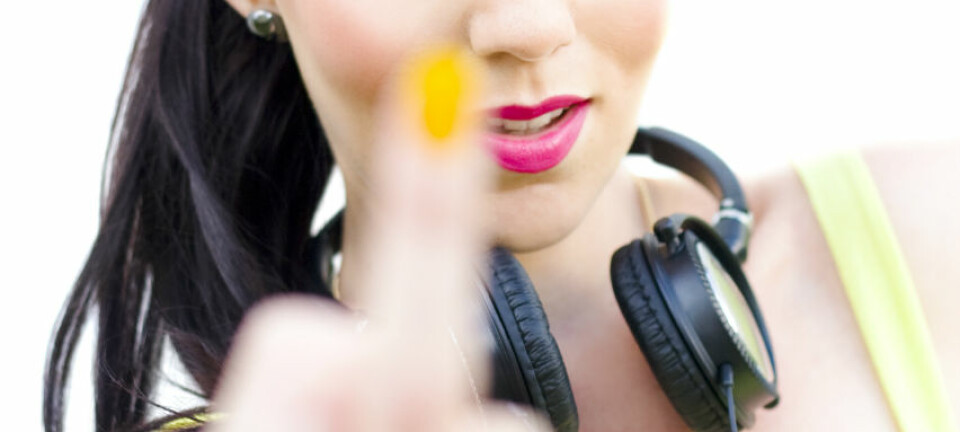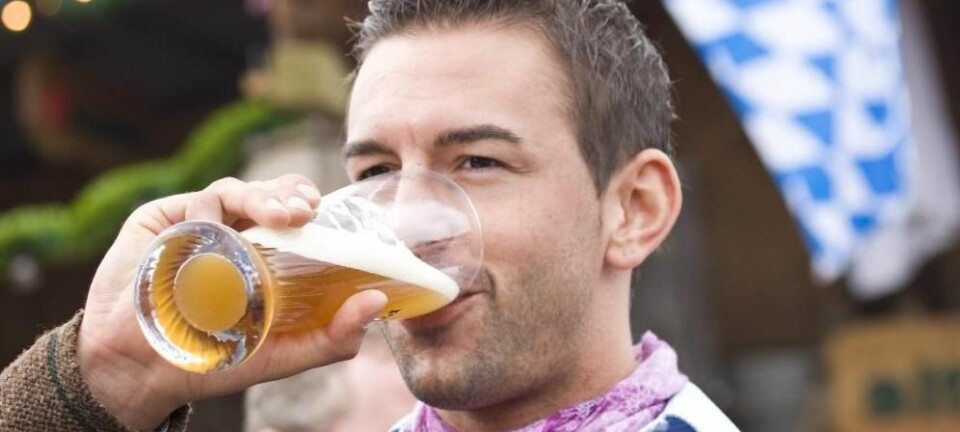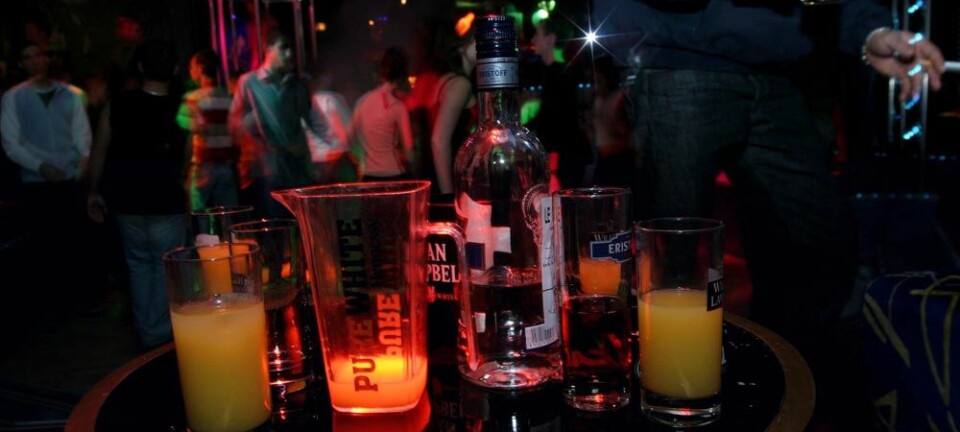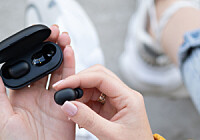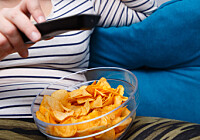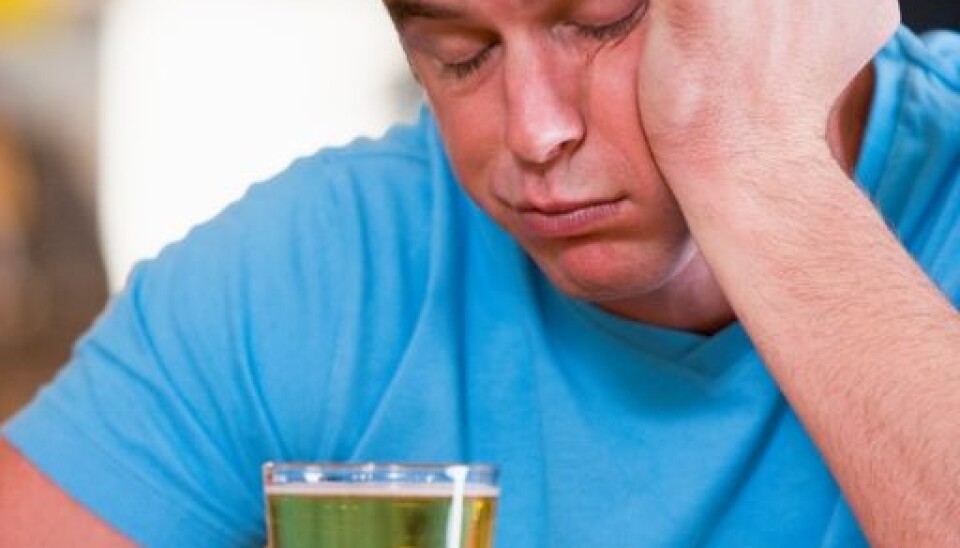
Youths are tired of drinking binges
Getting senselessly drunk and losing control is no longer cool, shows surprising research.
The widespread image of teenagers getting senselessly drunk and then throwing up could well be outdated.
New research shows that young Danes are now more modest in their consumption of beer, vodka and breezers.
“There’s been quite a change,” says Jakob Demant, a sociologist and researcher at the Centre for Alcohol and Drug Research at Aarhus University's Department of Psychology and Behavioural Sciences. “Being drunk has become less accepted. The young still want to go to parties and drink, but many of them are now concerned that they might lose control of themselves when they drink.”
Drinking divides young people
These surprising results derive from interviews with 14- and 15-year-old pupils at schools in three Danish municipalities. The interviews were conducted in the same way as interviews in a study from 2004-2005.
The researchers placed the teenagers in one of three categories:
The experienced drinkers – young people who have a leading role in drinking. They see themselves as ‘party freaks’, and their identity and recognition are as ‘the drinkers’. They have power over the others.
The mainstream drinkers – the largest group. They go to parties once in a while and know what being drunk means. To a large extent they seek the same recognition through alcohol as the experienced drinkers.
The cautious drinkers, who do not drink to get drunk.
The 2004-2005 study showed clearly that the experienced drinkers had a large influence on the way the mainstream drinkers regarded inebriation. The mainstream drinkers look up to the experienced, who were regarded as mature and as adults because they drank.
“Those who didn’t drink were regarded as a bit weird,” says Demant. “They weren’t invited to parties and they were looked down on. In some cases, we saw that they were completely marginalised in the group as a whole.”
Vomit is uncool
In the middle of the 2000s, young people gained the respect of their friends when they related how much they had vomited because of their drinking.
“Vomit was regarded as something positive,” says the researcher. “It was proof that you had had a lot to drink. That ‘proof’ was vital because experiences with alcohol were central to feeling mature.”
Previously, the experienced drinkers looked on ‘vomit trips’ as signs of being very mature, and this affected the mainstream drinkers. But all that seems to have changed now.
“Vomit does not have the same importance today,” he says. “It’s regarded as uncool. It’s no longer a sign of maturity – now it’s a sign of lack of self-control.”
Young critical of drunkenness
It seems now that no group in school classes – and certainly not the experienced drinkers – dominates the attitude to drunkenness.
“It’s still cool to drink and go to parties,” says Demant. “But the mainstream drinkers are now more questioning and critical towards drunkenness. They are aware of all the negative things that drunkenness can bring.”
Today the mainstream drinkers among the young are:
• Nervous that alcohol can affect their health
• Aware that drunkenness can get them to lose control – a situation which for them is rather intimidating, as they are unaccustomed to it
• More focused on the negative consequences of drunkenness
Politicians and parents have bucked the trend
The researcher points to several factors that have changed the young people’s attitude to alcohol: political decisions, schools’ and parents’ preventive activity, and more widespread discussions about alcohol and its effects.
Politicians have raised the age limit for buying alcohol to 16 – and to 18 for buying spirits such as vodka.
“From the interviews with the young people we can see that parents broadly follow the 16 age limit when deciding when their children may start drinking,” says the researcher. “That’s had an effect that we can measure in our quantitative studies.”
Many schools have banned alcohol at parties held on their premises, and parents and schools have started to collaborate on deciding how much the young may drink at parties.
“This has also probably had an impact,” says Demant. “Both a direct impact on what is allowed, but also an indirect effect through parents’ discussions about alcohol and increasing awareness of their children’s alcohol consumption.”
Today’s teenagers have grown up with discussions about alcohol and its negative consequences. Along with the knowledge that young Danes are said to drink most, this has probably influenced them to drink more moderately.
Expanded study
The researchers have been so amazed by the results of the study that they want to expand it.
“Now we want to look at school classes where there is a really great domination of young people who drink,” says Demant. “We want to see whether the picture reported in this study is the same at these schools.”
Read the article in Danish at videnskab.dk
Translated by: Michael de Laine
Scientific links
- Book: Gundelach P, and Järvinen M. 2006. Unge, fester og alkohol (Young People, Parties and Alcohol). Copenhagen: Akademisk Forlag
- Book: Järvinen M., Demant J, and Østergaard J. 2010. Stoffer og Natteliv (Drugs and Night Life). Copenhagen: Hans Reitzels Forlag
